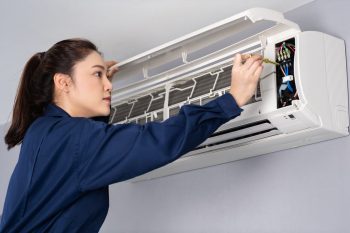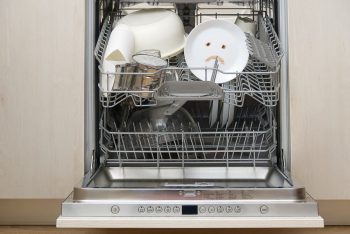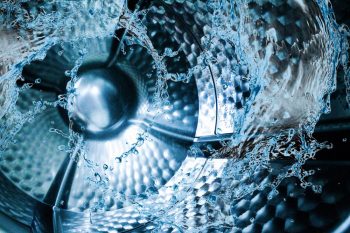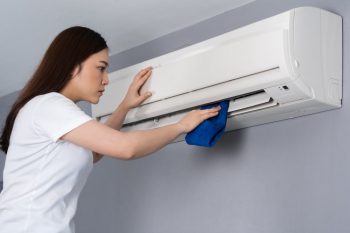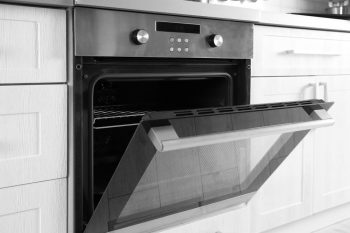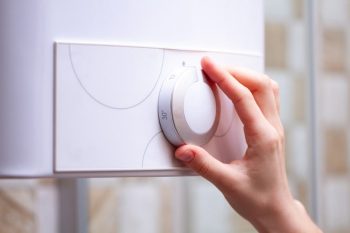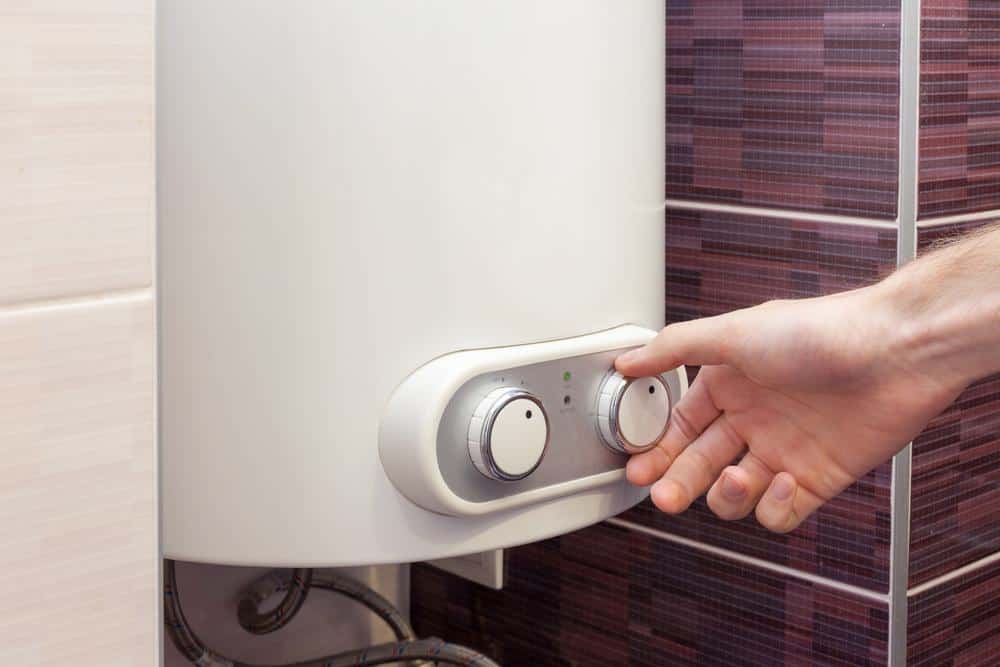
Check valves, also known as non-return or one-way valves, are critical components in a water heater system. These valves are designed to allow fluid to flow in one direction and prevent it from flowing in the opposite direction. In the context of a water heater, the check valve plays a crucial role in preventing the backflow of water. When water flows forward toward the check valve, the valve opens to allow the water to flow through. When the flow of water stops, the check valve closes, preventing the water from reversing its direction.
A check valve on a water heater is a crucial component designed to allow water to flow in one direction and prevent it from flowing back. It helps prevent flooding or overflowing and saves power by stopping the water from constantly flowing backward when the heater is off. The check valve is typically installed on the cold inlet side of the water heater and can be identified by its small plastic ball in a short chamber. If it malfunctions, it can be replaced following a series of steps, including turning off the water supply, draining the water heater, and installing a new valve.
Importance of Check Valve in a Water Heater
Check valves in water heaters are essential for several reasons. First, they prevent flooding or overflowing by ensuring that water does not flow back into the water heater. Second, they stop the water from constantly flowing backward, even when the heater is off. This helps prevent pipe erosion and saves power.
Types of Check Valves in Water Heaters
There are several types of check valves used in water heaters. The most common type is the swing check valve, which contains a disc attached to the pipe wall by a hinge. When water flows forward through the valve, the disc swings open on its hinges, allowing the water through. When the flow of water stops, the disc slams shut, preventing any backflow. Other types include lift check valves, ball check valves, piston check valves, diaphragm check valves, spring-loaded check valves, duckbill check valves, wafer check valves, and silent check valves.
Identifying a Check Valve in a Water Heater
To identify a check valve in a water heater, look for the following signs:
- Location: Check valves are typically installed on the cold inlet side of the water heater to prevent hot water from running up the cold inlet waterline when there is a drop in pressure on the cold side.
- Appearance: A check valve is a small plastic ball in a short chamber that floats when not under pressure and is pushed out of the way when under pressure.
- Symptoms: If you experience short bursts of pressure when you first turn on a hot faucet or no pressure at all, your check valve might be stuck.
Common Problems with Check Valves
Like any other component, check valves can develop various problems over time. These include leaks, worn-out valve seat seals, debris within the pipeline, low flow, high temperatures, poor installation techniques, lack of maintenance, failure to prevent reverse flow, water hammer, vibration or chattering, sticking, and noise.
Troubleshooting and Fixing Check Valve Issues
If you suspect a problem with your water heater’s check valve, the first step is to identify the issue. Common symptoms include restricted hot water flow, leaks, and noise. Once you have identified the problem, turn off the water supply and drain your water heater. Locate the check valve and inspect it for signs of damage or wear. If necessary, replace the check valve with a high-quality brass fitting. After replacing or fixing the check valve, turn the water supply back on and test the hot water flow.
When and How to Replace a Check Valve
A check valve should be replaced when it starts to malfunction or cause issues with the water flow. The replacement process involves turning off the water supply, draining the water heater, locating the check valve, removing the old valve, purchasing a high-quality replacement, applying plumber’s tape to the threads of the new valve, installing the new valve, turning the water supply back on, and checking for leaks.
In conclusion, a check valve is a crucial component of a water heater that ensures the efficient operation of the system by preventing backflow. It’s essential to regularly inspect and maintain the check valve to prevent potential issues and ensure the longevity of your water heater. If you’re not comfortable handling check valve issues yourself, consider hiring a professional plumber to assist you.
Frequently Asked Questions
What is the lifespan of a check valve in a water heater?
The lifespan of a check valve in a water heater can greatly vary depending on its quality, the hardness of your water, and how well the system is maintained. However, on average, a check valve should last about 10-15 years.
Is it possible to clean a check valve instead of replacing it?
Yes, it’s possible to clean a check valve. However, this should only be done if the valve is not damaged or worn out. Cleaning can help remove any debris that may be causing the valve to stick or not function properly.
Can I install a check valve on my water heater by myself?
While it’s possible to install a check valve on your own, it’s recommended to hire a professional plumber if you’re not confident in your plumbing skills. Incorrect installation can lead to leaks and other potential issues.
How often should I inspect the check valve on my water heater?
It’s recommended to inspect the check valve at least once a year. Regular inspections can help you identify any potential issues early and ensure the valve is functioning correctly.
What is a water hammer and how does it relate to a check valve?
A water hammer is a pressure surge or wave caused when a fluid in motion is forced to stop or change direction suddenly. This can happen when a check valve closes suddenly, causing a loud noise. It can potentially damage the valve and other parts of the plumbing system.

